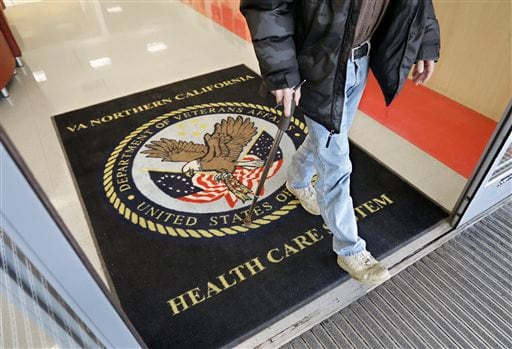Today federal agencies and departments face a particularly challenging Catch-22: How can they continue to deliver quality services to a larger and more diverse community of citizens in an environment of ever-tightening budget restrictions?
Government managing its biggest asset – the workforce – more effectively can resolve these issues. Workforce management solutions can help control operational costs and manage budgets while also offering tools to create a more productive work environment that actually enhances employee engagement.
Here are some best practices that are applicable to all governments, beyond federal agencies and departments, including state, city, and local governments.
The automation opportunity
The first step – and benefit – is automation. A significant percentage of federal and government agencies and departments continue to rely on manual, paper-based methods to manage critical processes such as timekeeping and payroll. Not only are these methods extremely time-consuming and error-prone, but they also contribute to increased labor costs and inflated payroll. After all, it can be extremely challenging to process complex federal pay and work rules for a multisector workforce comprised of civil servants and contractors, salaried and hourly employees, and full- and part-time workers.
Workforce management solutions successfully automate time and attendance, payroll, and other manual workforce business processes, a step that eliminates paper timesheets and significantly reduces the risk of costly payroll errors. This technology can also meet any specific requirements that agencies and departments may have, such as pay plans, employee leave, and flexible schedules.
Then, to help manage budget, workforce management technology provides the controls managers need to view, analyze, and adjust the cost and number of resources (full-time, part-time, or contractors) on a particular program or budget. Specific activities performed can be aligned to a proper budget line item. Armed with this data, managers can better plan for the future, improve their ability to renegotiate contracts, and make sure they are meeting their objectives – within budget.
Better labor related decisions
Automating manual processes and eliminating errors are vast improvements, and many federal agencies and governments may be satisfied if the benefits ended there. But workforce management technology goes a step further by using workforce data to provide real-time insight into larger labor related issues and trends.
Consider overtime. Too often agencies and departments view overtime as unavoidable. For example, a city or town may be reluctant to take police off the streets and create the perception that citizens are at risk. Yet workforce management solutions provide real-time visibility into employee hours so agencies and departments can see when they are approaching overtime thresholds, and take action to prevent it if desired. Additionally, these solutions offer scheduling applications that enable supervisors to take into consideration employee preferences and availability to proactively minimize overtime. Not only do these controls help minimize the cost of overtime, but they help protect the entire organization from larger issues such as employee grievances and compliance issues.
Often labor issues that make the news may have existed for years, simply because no one knew they were happening. Now, real-time visibility into workforce information gives government entities true insight into these events as well as the true costs of providing services. For example, the cost of labor goes well beyond regular wages paid, including such variables as benefits, overtime eligibility, future pension payouts, and more.
Achieve accountability and transparency
Workforce management technology helps in other areas, too. For example, these solutions truly automate compliance efforts and can help achieve the level of transparency, oversight, and accountability required to receive stimulus funds or relief funds from the Federal Emergency Management Agency. Workforce management solutions record government labor expenditures in a centralized database, provide detailed audit trails, and put real-time data at managers' fingertips. As a result, they can easily analyze any and all labor costs, gain insight into agency operations, and respond rapidly to reporting requirements and audits.
Gaining real-time, holistic insight into all of this data is now an essential role of management and will only grow more significant in the future. Accurate, timely, and auditable data on who, where, and what the workforce is accomplishing is essential to managing this unique environment to the highest level of efficiency.
Rock Regan is director of the public sector practice group at Kronos.





